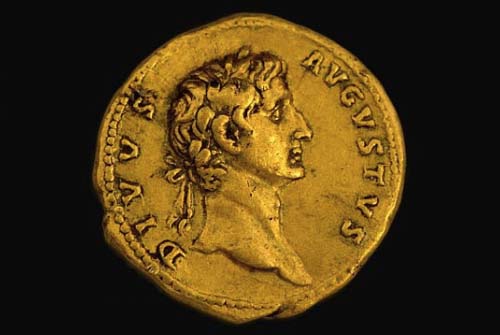
Gold has long held a position of fascination and allure for humankind. Renowned for its beauty, scarcity, and historical significance, gold has become synonymous with wealth and luxury. One of the striking aspects of gold is its high price. In this article, we will delve into the factors that contribute to gold’s expensive nature, shedding light on the economic, cultural, and industrial aspects that drive its value.
Scarcity and Limited Supply
Gold is relatively rare, making up just a fraction of the Earth’s crust. Its finite supply is a fundamental driver of its high price. Gold mining operations require significant resources and expertise, and new discoveries are becoming increasingly scarce. As a result, the limited supply of gold contributes to its high value.
Store of Value and Economic Uncertainty
Gold has served as a reliable store of value throughout history. During times of economic uncertainty or inflation, investors often turn to gold as a safe haven. Its role as a hedge against economic downturns and currency fluctuations increases its demand, driving up its price.
Industrial and Technological Applications
Beyond its role as a precious metal, gold possesses unique properties that make it valuable in various industries. From electronics to aerospace, gold is used for its exceptional conductivity, resistance to corrosion, and reflective properties. The demand for gold in industrial applications further increases its price.
Jewelry and Cultural Significance
Gold has significant cultural and symbolic value across different societies. It is widely used in jewelry and ornamental items, representing wealth, status, and beauty. The demand for gold in the jewelry market, driven by cultural traditions and personal adornment, adds to its overall price.
Central Bank Reserves and Institutional Investors
Central banks around the world hold substantial gold reserves as a means of diversifying their currency holdings and maintaining financial stability. Additionally, institutional investors allocate a portion of their portfolios to gold as part of their investment strategies. The large-scale demand from these entities influences the gold market and contributes to its high price.
So, why is gold so expensive? The expensive nature of gold stems from a combination of factors, including its limited supply, its historical role as a store of value, its diverse industrial applications, its cultural significance in jewelry and ornamental items, and the demand from central banks and institutional investors. These factors create a complex interplay of supply and demand dynamics, ultimately driving up the price of gold. While gold’s high price may present challenges for some, it is precisely these factors that continue to uphold its allure and desirability as a precious metal with enduring value.